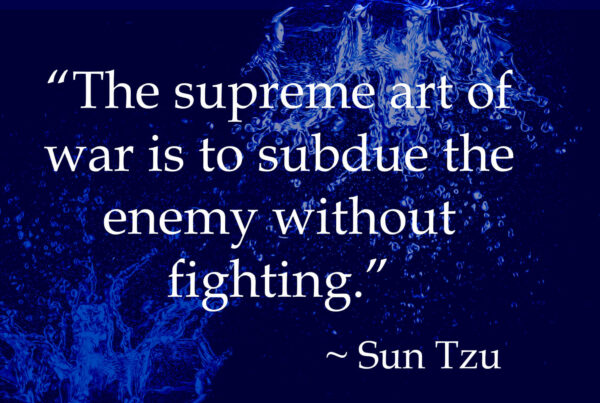Last Updated on October 6, 2024 by Dave Schoenbeck
One of the biggest challenges for a business leader is successfully tailoring your leadership style to get results for your business. Most senior leaders have natural leadership abilities and are highly effective at driving metrics while being themselves. However, many new managers need help developing a personal leadership style that works for them and their team.
What Are the 7 Most Common Leadership Styles?
I like to help leaders find and express their leadership style. This must be a sustainable strategy with a toolkit of techniques that balances a firm focus on results with the energy and passion needed to inspire a team.
There are seven main leadership philosophies that a new manager might consider when developing their leadership style. Here’s what you need to know about each of them:
- Autocratic Leadership: Autocratic leaders have complete control and make decisions without consulting their team. While this leadership style can be effective in certain situations, it often leads to low employee morale and limited creativity.
- Democratic Leadership: In this leadership style, the manager consults their team members in decision-making, seeking their input and opinions. This approach inspires a sense of ownership and empowerment in employees.
- Laissez-faire Leadership: This hands-off leadership style involves minimal manager intervention and puts the burden almost entirely on the team members to lead themselves. While it can be effective in highly skilled and motivated teams, most employees require more guidance than this personal leadership style allows.
- Transactional Leadership: Employees in a transactional leadership style are rewarded or punished based on their performance. This style relies on a communicated structure of goals, rules, and consequences, but even in the best scenarios, it can leave employees walking on eggshells.
- Transformational Leadership: Transformational leaders inspire and motivate their team members to exceed their expectations. They create a vision for the future and empower their employees to achieve it. This leadership style is compatible with many others but is better suited to more experienced managers with a lot to teach.
- Charismatic Leadership: Charismatic leaders have a magnetic personality and can inspire and influence others through charm and persuasion. Employees are driven by their affection for the leader, but this can backfire if goodwill is lost. A cult of personality alone is not usually enough to motivate a team.
- Servant Leadership: This leadership style is characterized by leaders who prioritize the needs of their team members and focus on serving them rather than being served by them. This creates a supportive work environment where each team member feels valued and motivated.
Although each leadership style can be successful under the right circumstances, one rises above the rest in terms of team morale and business results. When developing a personal leadership style, you should strongly consider servant leadership as your primary methodology.
Why Choose Servant Leadership as Your Personal Leadership Model
Years of experience have taught me that adopting a servant leadership style can be highly effective for young and inexperienced managers. Most of us learn how to lead by watching and experimenting.
However, learning from the wrong examples can result in us crushing our teammates by mimicking bizarre behaviors. Way too many folks in leadership positions believe that constant and suffocating pressure turns company initiatives into diamonds.
Unlike other modern leadership styles emphasizing authority and control, servant leadership is characterized by selflessness and a genuine commitment to serving others. Instead of exerting pressure from the top, servant leaders devote themselves to supporting and developing their team members alongside them, allowing them to reach their full potential.
Servant leaders cultivate a positive, compassionate work environment by prioritizing their team’s needs and focusing on collaboration. This approach fosters a greater sense of employee trust and loyalty and encourages organizational innovation and creativity.
In addition, servant leaders are known for their excellent communication skills and willingness to listen to their team members. Servant leaders spark dialogue, collaboration, and problem-solving by creating a supportive environment where everyone’s opinions are valued.
This modern leadership style ultimately drives organizational success. Employees work harder when they feel their contributions matter.
A leader willing to get down in the muck with their employees is worth following. Instead of being the jerk that turns coal into diamonds, think about the impression you want to make. How do you want to be remembered by your team members? What do you want them to call you when you aren’t there?
Navigating the landscape of modern leadership can take time for a new manager. If you want to learn more about leadership from an experienced business coach, sign up for my email list and have weekly blog articles in your inbox.
Coach Dave
- Best Practices We Have Learned About Managing Remote Teams - July 3, 2025
- How and When to Use AI for Idea Creation - June 26, 2025
- What Does a Copyright Protect?A Small Business Guide to Copyrighting Your Business - June 19, 2025



